Accumulating vast amounts of gold was a characteristic of several historical leaders throughout different periods and regions. While it is impossible to determine the exact amounts of gold they amassed with any true accuracy, here are a few notable historical figures known for their accumulation of wealth, including gold:
1. King Croesus of Lydia (ruled from 560 to 546 BCE):
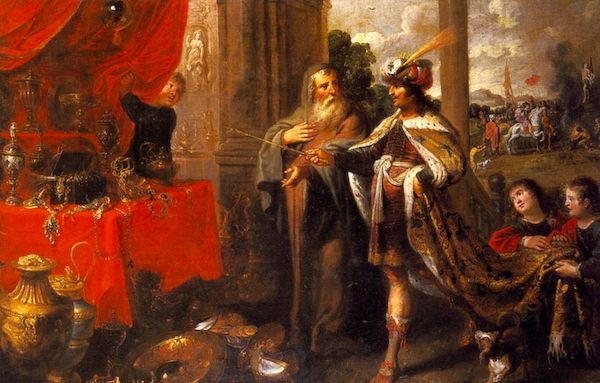
Croesus was known for his wealth and became a proverbial symbol of opulence. He ruled the ancient kingdom of Lydia, which was renowned for its gold mines and the extensive wealth it generated.
2. Emperor Mansa Musa I of Mali (ruled from 1312 to 1337):
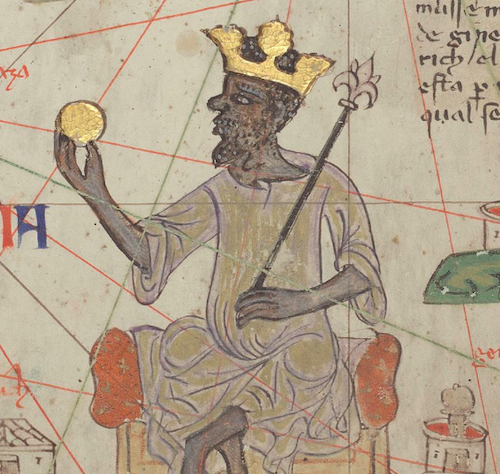
Mansa Musa I, the tenth emperor of the Mali Empire, is considered one of the wealthiest individuals in history. He controlled significant gold-producing regions throughout Mali and West Africa, and is famously known for his extravagant pilgrimage to Mecca, during which he distributed vast amounts of gold, leading to economic disruptions in the regions he passed through.
3. Atahualpa (ruled from 1532 to 1533):
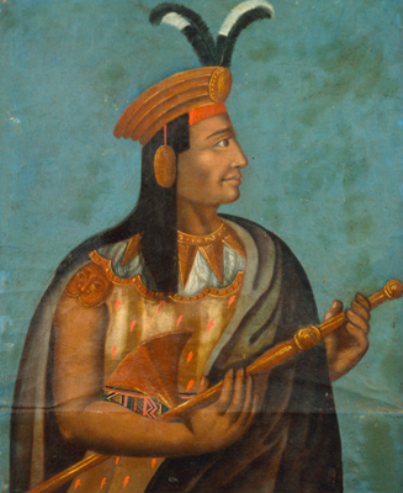
Atahualpa was the last emperor of the Inca Empire, which encompassed parts of modern-day Peru, Ecuador, Bolivia, and Chile. The Inca Empire was known for its vast gold reserves, and Atahualpa’s wealth was legendary. However, much of it was looted by the Spanish conquistador Francisco Pizarro after Atahualpa’s capture.
4. Emperor Huizong of Song (ruled from 1100 to 1125):
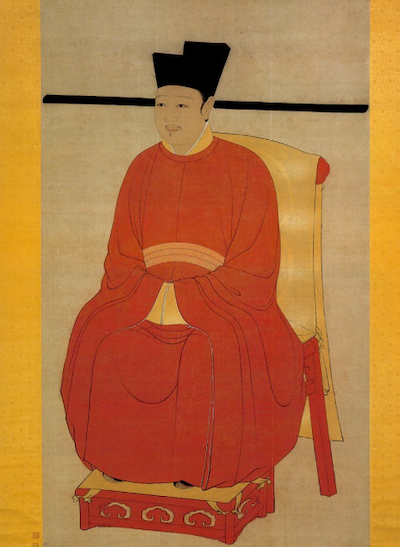
Huizong, an emperor of the Song Dynasty in China, was known for his passion for the arts and luxury. He amassed an enormous treasury, including substantial amounts of gold, through taxation and tribute.
5. Moctezuma II (ruled from 1502 to 1520):
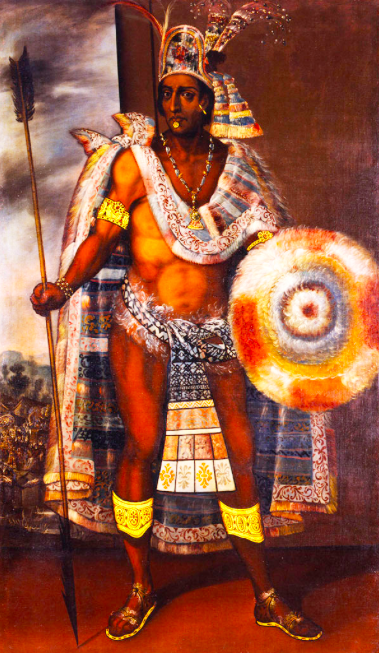
Moctezuma II was the Aztec emperor during the arrival of the Spanish conquistadors led by Hernán Cortés. The Aztecs possessed considerable gold and jewels, which played a significant role in attracting the attention of the Spanish. Moctezuma’s wealth, including his collection of gold artifacts, was seized by the conquistadors.
6. Emperor Shah Jahan of the Mughal Empire (ruled from 1628 to 1658):
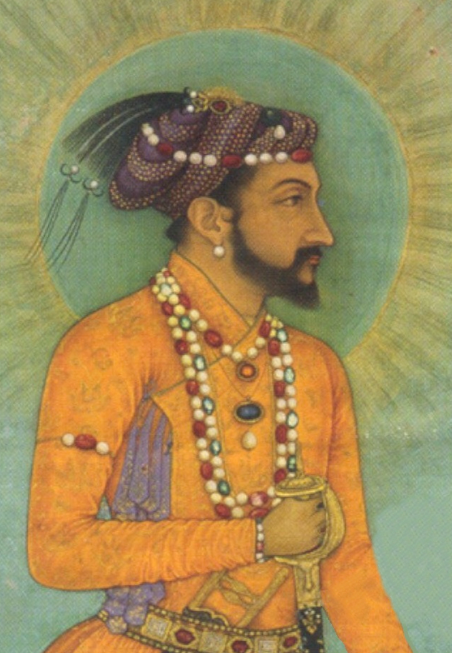
Shah Jahan is renowned for commissioning the construction of the Taj Mahal as a mausoleum for his wife. His rule marked the height of the Mughal Empire’s wealth, and he accumulated significant amounts of gold and precious jewels.
7. King Louis XIV of France (ruled from 1643 to 1715):
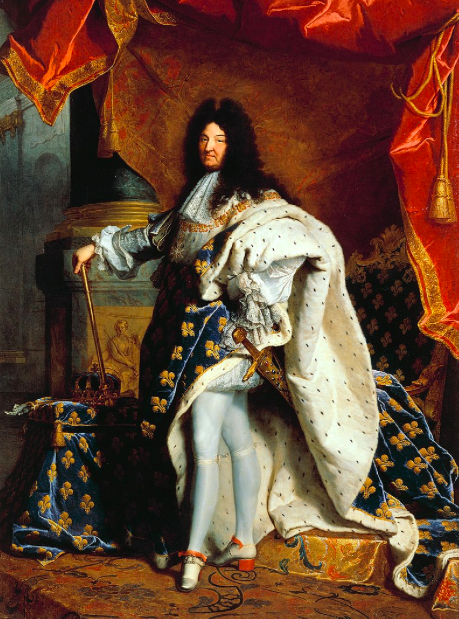
Known as the “Sun King,” Louis XIV was one of the most powerful monarchs in European history. He invested heavily in the arts, architecture, and expanding the French empire. While his wealth extended beyond gold, he accumulated substantial quantities of the precious metal through taxation, trade, and colonization.
8. Pachacuti (ruled from 1438 to 1471):
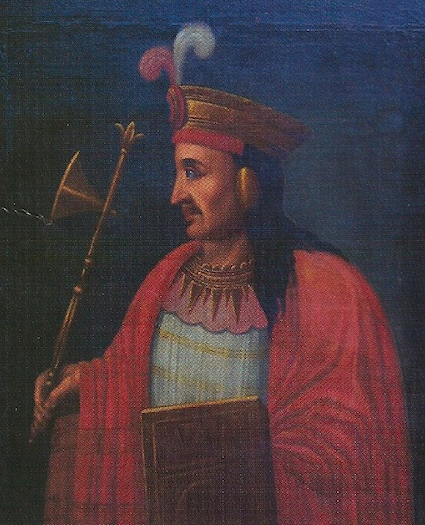
Pachacuti was an Inca emperor who transformed the Inca state into a vast empire, known as Tawantinsuyu. Under his rule, the Inca Empire acquired substantial territories rich in gold resources. Pachacuti’s reign marked the expansion and consolidation of Inca wealth and power.
9. King Solomon of Israel (ruled around 970 to 931 BCE):

According to biblical accounts, King Solomon was renowned for his wisdom and wealth. He controlled important trade routes and engaged in prosperous trade with neighboring kingdoms, which likely included the acquisition of gold and other valuable resources.
10. Emperor Augustus of Rome (ruled from 27 BCE to 14 CE):
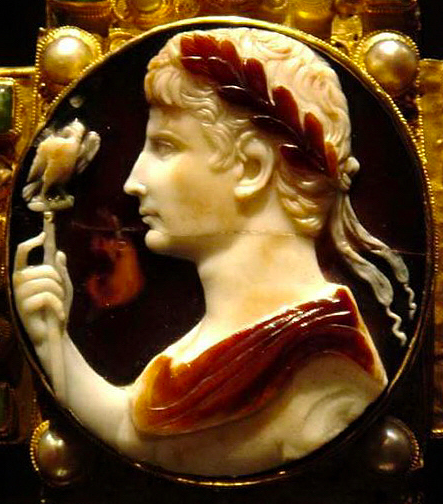
Augustus, the first Roman Emperor, ushered in the Pax Romana, a period of relative peace and stability. He expanded the Roman Empire, which resulted in increased wealth and access to gold mines across conquered territories.
Read: The Ancient Roman Gold Mines in Spain
11. Montezuma I (ruled from 1440 to 1469):
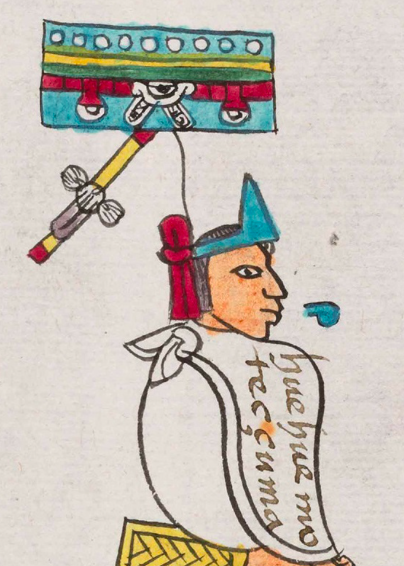
Montezuma I, also known as Moctezuma the Elder, was the fifth Aztec emperor. During his reign, the Aztec Empire experienced significant economic growth and expanded its control over valuable trade routes, including those connected to gold mines. Montezuma I oversaw the accumulation of considerable gold within the empire.
12. Emperor Napoleon Bonaparte of France (ruled from 1804 to 1814/1815):

Napoleon Bonaparte was a military genius who rose to become Emperor of the French. He conducted extensive military campaigns across Europe, plundering conquered territories for their wealth, including gold and other valuable treasures.
13. Emperor Menelik II of Ethiopia (ruled from 1889 to 1913):
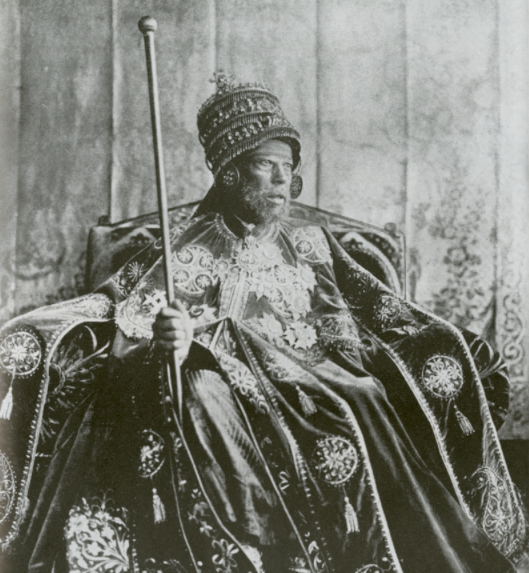
Menelik II was a prominent Ethiopian ruler who played a crucial role in expanding and modernizing the country. He managed to maintain Ethiopia’s independence during the Scramble for Africa and secured access to the regions lucrative gold mines, contributing to his personal wealth.
14. King Louis XVI of France (ruled from 1774 to 1792):

Despite being associated with the French Revolution and eventual execution, King Louis XVI and the Bourbon monarchy enjoyed substantial wealth. The French monarchy possessed vast quantities of gold and jewels, which were stored in the royal treasury at the Palace of Versailles.
15. Huayna Capac (ruled from 1493 to 1527):
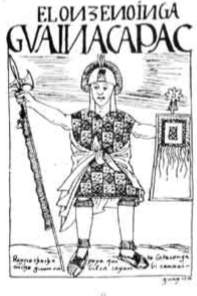
Huayna Capac was an Inca emperor who ruled over a vast territory spanning modern-day Ecuador, Peru, Bolivia, and parts of Colombia and Chile. The Inca Empire was renowned for its gold wealth, and Huayna Capac continued the expansion and consolidation of Inca territories, further enriching the empire with gold and other valuable resources.
